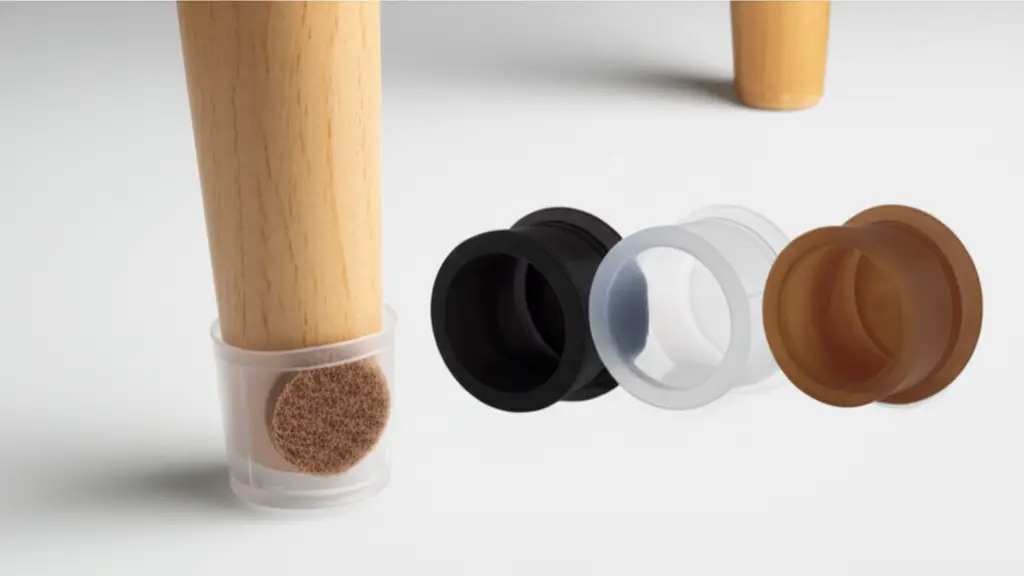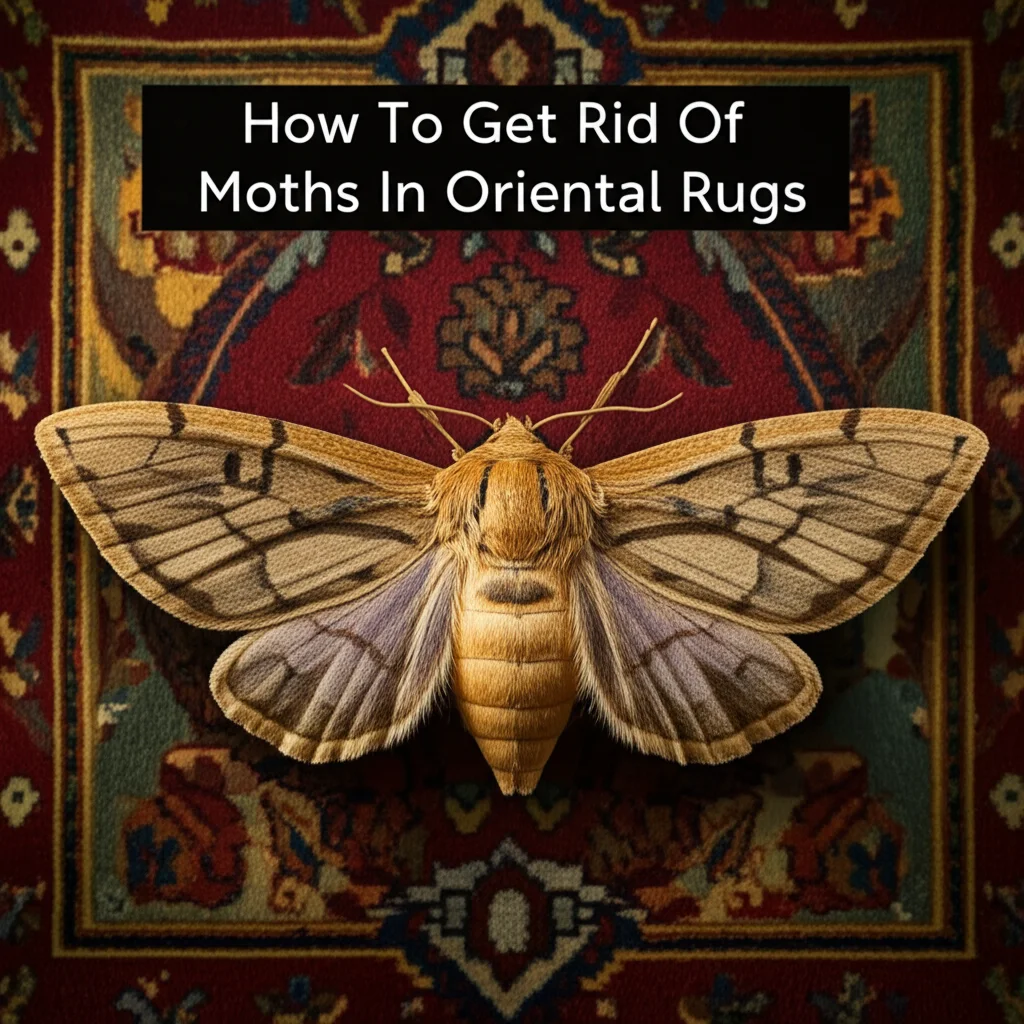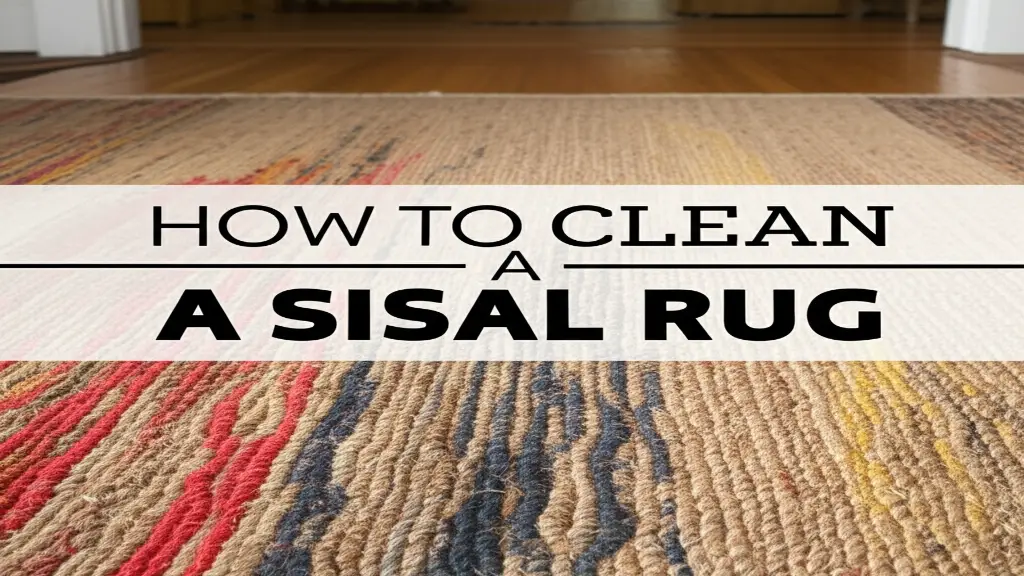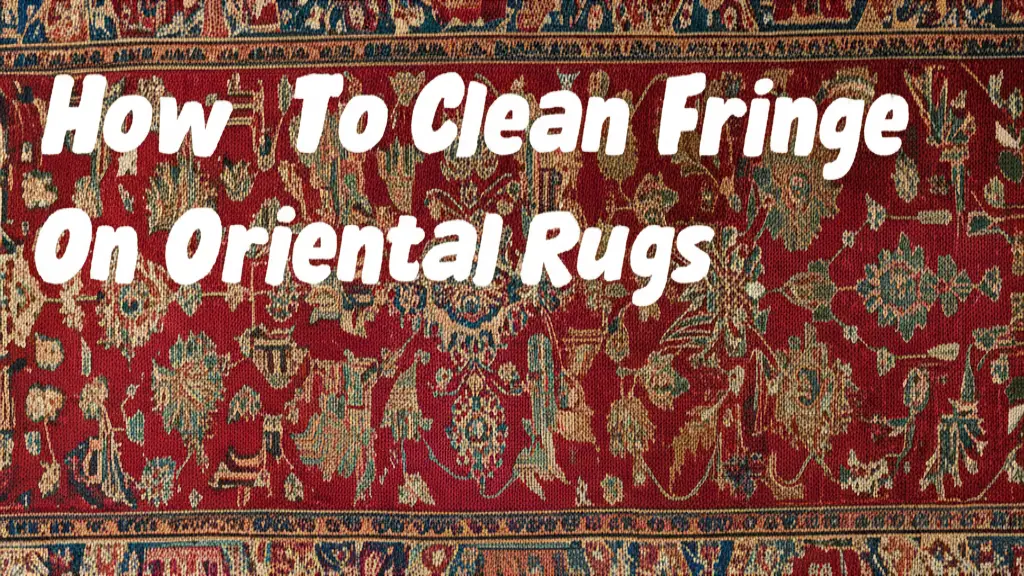· Todd Martin · Rug Cleaning · 8 min read
How Do I Keep The Felt Pads On Chair Legs
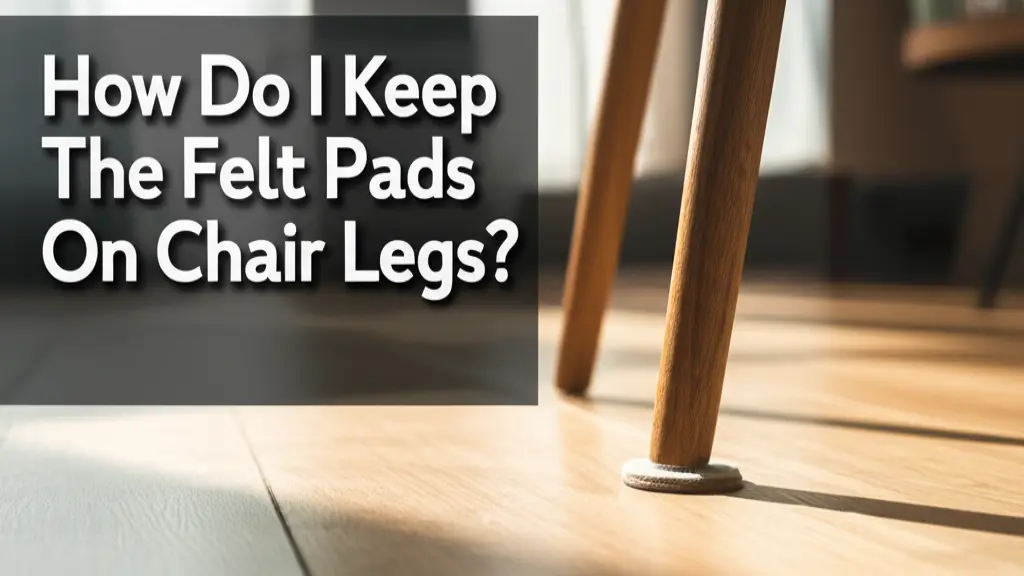
How to Keep Felt Pads on Chair Legs: A Complete Guide
Are you tired of felt pads falling off your chair legs, leaving your floors vulnerable to scratches and scuffs? This common issue frustrates many homeowners, as it can damage beautiful hardwood or tile floors and create annoying noises during furniture movement.
In this detailed guide, we’ll explore why felt pads come off, how to keep the felt pads on chair legs securely, and alternative solutions to protect your floors.
From proper application techniques to product recommendations, you’ll find everything you need to maintain flawless floors and functional furniture. Let’s dive in and solve this pesky problem once and for all!
Key Points
- Cleaning is crucial: Thoroughly clean chair legs to remove dirt, oil, or old adhesive to ensure a strong bond for felt pads.
- Choose quality pads: Opt for high-quality felt pads with strong adhesives or consider alternatives like slip-on protectors for better durability.
- Address rounded legs: For rounded chair legs, use custom-cut felt or slip-on protectors to improve adhesion and prevent detachment.
- Maintenance matters: Regularly inspect and clean felt pads to prevent wear and ensure ongoing floor protection.
Why Felt Pads Fall Off
Felt pads often detach due to weak adhesives, improper application, or rounded chair legs. Dirt or oil on the leg surface can also weaken the bond. Understanding these issues helps in applying effective solutions.
How to Secure Felt Pads
To keep felt pads in place, clean the chair legs thoroughly with rubbing alcohol after removing old adhesive. Choose appropriately sized, high-quality pads and press them firmly onto the leg. For extra security, consider using hot glue or cutting slits in the pad for rounded legs.
Alternatives to Felt Pads
If felt pads don’t stay on, try nail-on glides, slip-on silicone protectors, or furniture socks. These options are less likely to detach and suit various floor types, offering reliable protection.
Understanding Felt Pads
Felt pads are small, soft cushions attached to the bottom of furniture legs, particularly chairs, to prevent floor damage. Made from dense felt material, they typically feature an adhesive backing for easy application. Their primary role is to reduce friction between chair legs and floors, preventing scratches on surfaces like hardwood, tile, or laminate while minimizing noise during movement.
However, many people find that felt pads detach over time, especially with frequent chair use. This can stem from low-quality adhesives, improper application, or challenging leg shapes. Addressing these issues is key to ensuring your felt pads stay in place and protect your floors effectively.
Why Felt Pads Come Off
Several factors contribute to felt pads detaching from chair legs:
- Weak Adhesive: Many felt pads use double-sided tape or low-quality glue that fails under constant movement or weight, causing them to peel off.
- Improper Application: Dirt, oil, or old adhesive residue on chair legs can prevent new pads from sticking properly.
- Rounded or Uneven Legs: Standard felt pads are designed for flat surfaces. Rounded or angled legs reduce the adhesive’s contact area, leading to detachment.
- Dirt and Grit: Over time, felt pads collect dirt and grit, which can wear down the pad and weaken its bond to the leg.
By understanding these causes, you can take targeted steps to improve adhesion and protect your floors. For additional floor protection strategies, consider learning how to keep rugs from slipping on hardwood floors.
How to Properly Apply Felt Pads
Proper application is critical to keeping felt pads on chair legs. Follow these steps for a secure bond:
Clean the Chair Legs:
- Remove old pads or adhesive residue using a putty knife or scraper.
- Wipe the area with warm, soapy water to remove dirt, then use rubbing alcohol to eliminate oily residue.
- Ensure the surface is dry before proceeding.
Select the Right Pad:
- Choose felt pads that match the size and shape of your chair legs.
- Thicker, high-quality pads with strong adhesives offer better durability.
Apply Firmly:
- Peel off the adhesive backing and press the pad firmly onto the clean, dry leg.
- Hold for 10–15 seconds to ensure a strong bond.
Allow Setting Time:
- Avoid moving the chair for a few hours to let the adhesive set properly.
For added security, consider applying a small amount of hot glue before attaching the pad, especially for frequently moved chairs. This method has been praised for its longevity.
Common Mistakes to Avoid
- Skipping Cleaning: Failing to remove dirt or oil can weaken adhesion.
- Using Oversized Pads: Pads that are too large may peel off at the edges.
- Applying to Wet Surfaces: Moisture prevents proper bonding.
Solutions for Rounded Chair Legs
Rounded chair legs pose a unique challenge for standard felt pads. Here are effective solutions:
- Purchase felt sheets and cut them to fit the rounded leg’s shape.
- Trace the leg’s bottom for accuracy.
Hot Glue Method:
- Apply a thin layer of hot glue to the leg, then press a cut felt piece onto it.
- This method has been reported to last over two years.
Slit Technique:
- Cut 4–5 radiating slits in the felt pad (like a starburst) to help it conform to the rounded surface, increasing adhesive contact.
Slip-On Protectors:
- Use flexible silicone or rubber slip-on protectors designed for rounded legs, which don’t rely on adhesive.
These methods ensure better adhesion and long-lasting floor protection.
Alternative Floor Protectors
If adhesive felt pads aren’t effective, consider these alternatives:
Nail-On Glides:
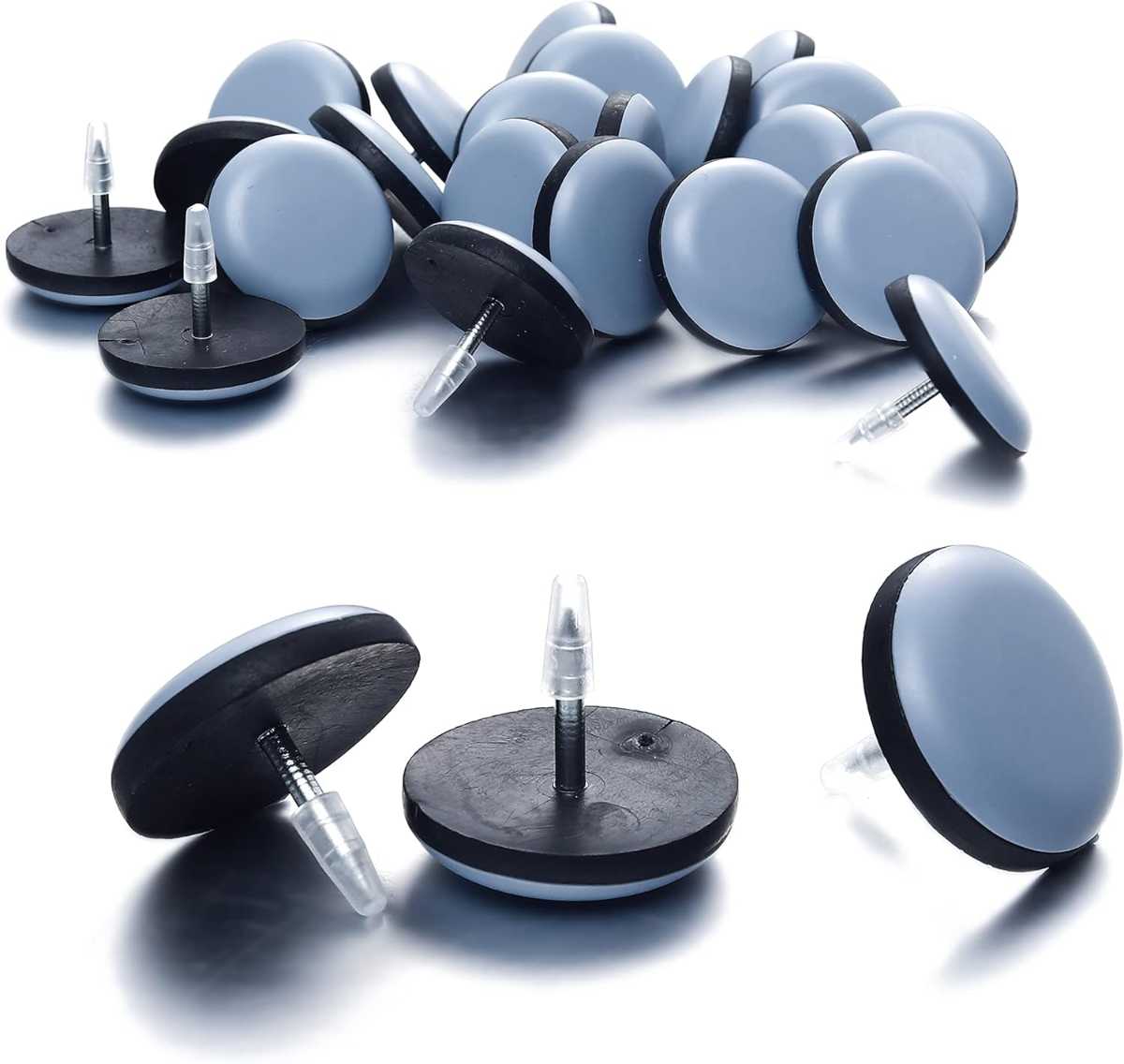
- Attach with a nail or screw and feature felt, plastic, or rubber bottoms.
- Durable but require drilling, which may not suit all furniture.
- Silicone or rubber caps with felt bottoms slip over chair legs, offering a secure, adhesive-free solution.
- Ideal for frequent movers.
Furniture Socks:
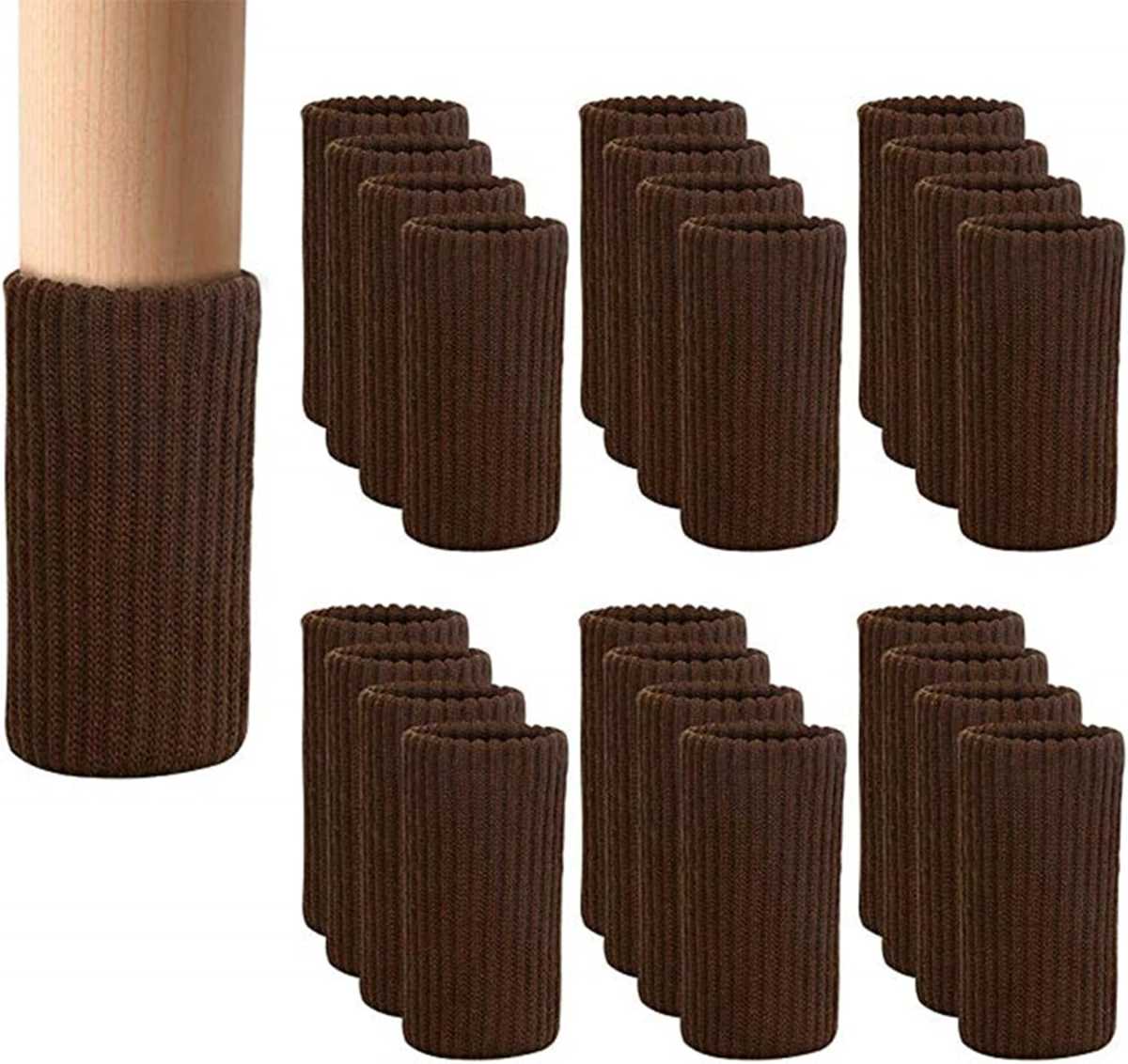
- Fabric socks stretch over legs, providing a soft barrier.
- Washable but may slip on smooth surfaces unless secured.
Rubber Caps:

- Provide grip and protection, especially on hard floors, and are less likely to detach.
Each option suits different needs, so choose based on your flooring and furniture type. For additional floor protection, consider placing an area rug under your dining table.
Comparison of Floor Protectors
| Protector Type | Pros | Cons | Best For |
|---|---|---|---|
| Adhesive Felt Pads | Easy to apply, affordable | May detach, wear out quickly | Flat-bottomed legs, light use |
| Nail-On Glides | Durable, secure | Requires drilling, permanent | Heavy furniture, wood legs |
| Slip-On Protectors | No adhesive, removable | May not fit all leg shapes | Frequent movers, varied legs |
| Furniture Socks | Stylish, washable | Can slip on smooth legs | Decor-conscious homes |
Product Recommendations
Here are some highly-rated floor protectors based on reviews:
MelonBoat Chair Leg Floor Protectors:
- Silicone slip-on caps with felt bottoms, durable and fit various leg sizes.
- Praised for easy application and floor protection.
- Double-layered cotton and spandex socks available in multiple colors.
- Machine-washable and ideal for stylish homes.
GorillaFelt CB257 Chair Leg Floor Protectors:
- Tap-on felt pads with steel prongs and strong adhesive.
- Designed to stay on longer than standard adhesive pads.
Check product specifications to ensure compatibility with your chairs and floors. For more furniture protection tips, explore how to secure area rugs to prevent slipping.
Maintenance and Care
To extend the life of your floor protectors, follow these tips:
Clean Regularly:
- Inspect pads for dirt or grit, which can scratch floors.
- Wipe with a damp cloth or wash removable protectors as per instructions.
Check for Wear:
- Replace worn or thinning pads to prevent direct contact between the leg and floor.
Reapply as Needed:
- If adhesive pads loosen, remove and replace them after cleaning the leg thoroughly.
Regular maintenance ensures your floors remain scratch-free. For related cleaning advice, see how to clean a rug pad to maintain your floor coverings.
FAQ
How do I get felt pads to stay on chair legs?
Clean the chair legs thoroughly with rubbing alcohol to remove dirt and oil. Use high-quality pads with strong adhesives and press firmly during application. For extra security, apply hot glue or cut slits in the pad for rounded legs.
Why do felt pads keep coming off chair legs?
Pads detach due to weak adhesives, dirty or oily leg surfaces, rounded legs, or dirt accumulation. Proper cleaning and choosing the right pad type can resolve these issues.
How can I stop my chair legs from scratching the floor?
Use floor protectors like felt pads, nail-on glides, or slip-on caps. Select options suited to your floor type and maintain them regularly to prevent scratches.
What are alternatives to felt pads for chairs?
Alternatives include nail-on glides, slip-on silicone protectors, furniture socks, and rubber caps. Each offers unique benefits depending on your furniture and flooring.
How do I remove felt pads from chair legs?
Gently peel off the pad, then use a putty knife to scrape off adhesive residue. Clean with rubbing alcohol or a glue remover to restore the leg’s surface. For more floor protection tips, check out how to protect wood floors.
Final Words
Keeping felt pads on chair legs is achievable with the right techniques and products. By cleaning chair legs thoroughly, choosing high-quality pads, and exploring alternatives like slip-on protectors or furniture socks, you can protect your floors from scratches and scuffs.
Regular maintenance and timely replacements ensure long-lasting protection. Try these solutions today to enjoy both beautiful furniture and pristine floors. For additional home protection ideas, learn how to prevent rugs from slipping to enhance your space’s safety and style.


